Franco Bulian, Jon Graystone9780444528407, 0444528407
Techniques for coating wood go back many centuries but in recent decades there has been a move towards more environmentally-friendly materials, for example, the use of water-borne rather than solvent-borne chemicals.
A major objective of Wood Coatings is to explain the underlying factors that influence selection, application and general operational issues. Basic information on the chemistry and technology of coatings is included for the benefit of students and laboratory technicians. Additionally, the book includes individual chapters of interest to architects, specifiers, and industrial users.
* Offers up-to-date guidance on current availability and usage of wood coatings
* Provides the reader with a basic understanding of both coating and substrate interactions
* Covers both architectural (trade and DIY) and industrial sectors
Table of contents :
Cover Page
……Page 1
Copyright……Page 2
Preface……Page 3
Prologue……Page 4
Consumption of timber……Page 5
Joinery and windows……Page 7
Furniture……Page 8
Industrial wood coatings……Page 9
Major players in industrial wood coatings……Page 10
Technology breakdown……Page 11
Environmental legislation……Page 13
Timetable for implementation of the solvents directive……Page 15
References……Page 17
Wood and Wood-Based Substrates……Page 18
Introduction……Page 19
Preservation……Page 235
Cellulose……Page 20
Lignin……Page 22
Low molecular weight substances (extractives)……Page 23
Terpenes and terpenoids……Page 24
Thermosetting resins……Page 25
Softwoods (needlewood or coniferous wood)……Page 27
Hardwoods (broadleaf)……Page 28
Heartwood and sapwood……Page 30
The cutting of wood……Page 31
Wood and water (moisture content)……Page 33
Dimensional movement of wood……Page 34
The density of wood……Page 36
Biodegradation of Wood……Page 37
Modified Wood……Page 38
Thermal treatments……Page 39
Colour……Page 40
Solid wood……Page 42
Solid wood panels……Page 43
Plywood……Page 44
Fibreboards……Page 45
Decorative veneers……Page 47
Finish impregnated papers……Page 48
Continuously pressed laminates (CPL)……Page 49
Appendix: Some Important Wood Species (Refs 7-8)……Page 50
References……Page 53
Bibliography……Page 54
Raw Materials for Wood Coatings (1) – Film Formers (Binders, Resins and Polymers)……Page 55
Introduction……Page 56
Chemistry of Coatings……Page 57
Oil composition……Page 58
Cross-linking mechanism……Page 59
Modified oils……Page 62
Natural resins and modified natural resins……Page 63
Bleaches……Page 238
Waxes……Page 64
Cellulosic film formers……Page 65
Cellulose esters: CAB and CAP……Page 66
Roller coating……Page 67
One-head roller coaters……Page 265
Alkyds (oil-modified polyester resins)……Page 68
Appearance aspects – Open or closed pore?……Page 241
Silicone alkyds……Page 71
Coalescening agents……Page 115
Isocyanates and polyurethanes……Page 72
Additives controlling the drying (conversion) of coating materials……Page 117
Driers (oxidative cross-linking)……Page 75
Amino resins (urea and melamine)……Page 78
Surface preparation……Page 79
Coating systems for some typical applications……Page 250
Chemical activation……Page 80
Propagation and termination……Page 81
Air inhibition……Page 83
Thermoplastic acrylic resins……Page 84
Thermosetting acrylic resins: Poly-addition reaction photo-chemically activated (radiation curing)……Page 85
Epoxy resins……Page 87
Water-Borne Binders and Film Formers……Page 89
Emulsified alkyds……Page 90
Water-borne two-pack isocyanate systems (urethanes)……Page 91
Aqueous polyurethane dispersions……Page 92
Emulsion polymerisation……Page 93
Composition of water-borne dispersions……Page 94
Morphology of polymer particles……Page 95
Bibliography……Page 137
Bibliography……Page 195
Raw Materials for Wood Coatings (2) – Solvents, Additives and Colorants……Page 97
Introduction……Page 259
Solvents and Diluents……Page 98
Solvency……Page 99
Typical industrial joinery finishing schedule……Page 236
Evaporation rate……Page 100
Surface tension……Page 101
Flammability……Page 102
Environmental impact……Page 103
Water as a solvent (carrier or diluent)……Page 104
Anti-skinning agents……Page 107
Surface-active agents……Page 109
Pigment wetting and dispersing agents……Page 112
Reverse roller coaters……Page 269
Anti-settling agents……Page 113
Rheological modifiers……Page 114
Film preservation agents……Page 116
Catalysts……Page 119
Photo-initiators……Page 120
High solids coatings……Page 248
Matting agents……Page 122
Bibliography……Page 314
UV absorbers……Page 123
Flame retardants……Page 125
Plasticisers……Page 126
Colorants (Pigments and Dyes)……Page 127
Origin of colorant properties……Page 128
Tinctorial strength……Page 130
Physical form……Page 131
Durability……Page 132
Inorganic white pigments……Page 133
Joint repair……Page 230
Coloured inorganic pigments……Page 134
Extender pigments……Page 135
Introduction……Page 138
Classification……Page 140
Characterisation of Liquid Coatings……Page 141
Industrial Finishing of Furniture……Page 143
Introduction……Page 144
Stains……Page 146
P/B, P/V, PVC Calculation and Conversion……Page 147
Graphical representation of a coating formulation……Page 149
Formulation protocols……Page 153
References……Page 155
Introduction……Page 156
Standards……Page 158
Standards organisations……Page 159
Transfer efficiency……Page 261
Environmental legislation considerations……Page 237
Pigment content……Page 161
Determination of the volatile organic compounds (or content)……Page 162
Photo-curing coatings……Page 164
Other test methods……Page 165
Viscosity……Page 166
Pot life……Page 167
Coatings for wood furniture – Factors influencing technology choice……Page 168
Properties related to appearance……Page 169
Light transmission (transparency and hiding power)……Page 170
Vacuum coaters……Page 271
Light absorption (colour)……Page 173
Colour measurement……Page 174
Colour measuring instruments……Page 176
Film thickness……Page 178
Surface hardness……Page 180
Coatings for exterior use……Page 182
Natural weathering exposure……Page 183
Resistance against biological deterioration……Page 186
Coatings for interior use……Page 188
Scratch resistance……Page 189
Resistance to impact……Page 190
Resistance to climatic variations……Page 191
Resistance to light……Page 192
Resistance to liquid substances……Page 193
references……Page 194
Introduction……Page 196
Summary of key differences……Page 198
Decorative Coatings for Exterior Wood……Page 199
Exterior wood stains (lasures)……Page 202
Varnishes and other clear coats……Page 206
Paint and paint systems for wood……Page 208
Wood primers……Page 209
Aluminium sealers and wood primers……Page 210
Sizes and washcoats……Page 211
Undercoats……Page 212
Finishes (topcoats)……Page 213
Alkyd developments……Page 216
Wood flooring……Page 218
Durability of Exterior Wood Coatings……Page 219
Joinery……Page 220
Preservation of timber……Page 221
Tar oils……Page 223
Hydraulic air-assisted atomisation……Page 224
Specification of exterior wood coatings……Page 225
Horizontal tunnels……Page 309
Nature of substrate……Page 226
Maintenance of exterior wood coatings……Page 227
Removing coatings……Page 228
Sandblasting……Page 229
References……Page 231
Introduction……Page 233
Topcoats……Page 239
Influence of substrate on coating type……Page 240
Legislation……Page 242
High solids technologies……Page 244
UV technology……Page 245
Water-borne coatings……Page 246
Water-borne coatings……Page 247
Powder coating……Page 249
Coatings for Wood Flooring……Page 253
Recent developments in parquet coatings……Page 255
Industrial application of parquet coatings……Page 256
References……Page 257
Bibliography……Page 258
Application and spreading rates……Page 260
Application Systems……Page 262
Autoclave vacuum and pressure application……Page 263
Staining roller coaters……Page 266
Two-head roller coaters (dual or twin head)……Page 267
Filling roller coaters……Page 268
Curtain coating……Page 270
Heat convection……Page 273
Pneumatic atomisation with high air volume and low pressure (HVLP)……Page 274
Hydraulic atomisation (airless)……Page 275
Robotic application……Page 277
Automatic application……Page 278
Electrostatic application……Page 279
Centrifuge atomisation (rotation systems)……Page 280
Spray application of powder coatings……Page 281
Triboelectric or tribostatic systems……Page 282
Sanding of the substrate……Page 283
Sanding papers……Page 284
Brush sanding……Page 285
Bleaching……Page 287
Bibliography……Page 288
Film Formation: Drying and Curing……Page 289
Introduction……Page 290
Non-aqueous solutions……Page 292
Water-borne solutions……Page 293
Water-borne dispersions – Latexes……Page 294
Stages 3 and 4 – Integration and diffusion……Page 295
Film Formation and Chemical Cross-Linking……Page 297
One-component physically drying coatings – Lacquers……Page 298
One-component chemically drying coatings (ambient temperatures)……Page 299
Photo-curing coating……Page 300
Heating sources……Page 301
Infrared plates……Page 303
Radiation-curing systems……Page 304
Electron beam……Page 308
Vertical ovens……Page 312
Tunnel ovens for multi-layer racks……Page 313
C……Page 315
E……Page 316
L……Page 317
P……Page 318
T……Page 319
W……Page 320
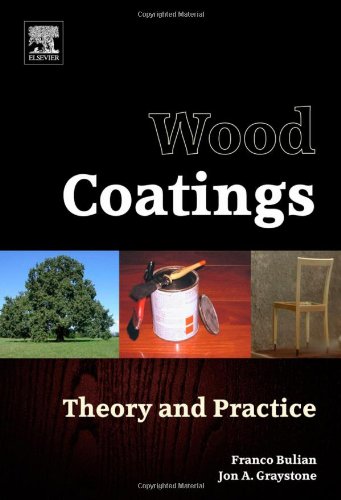
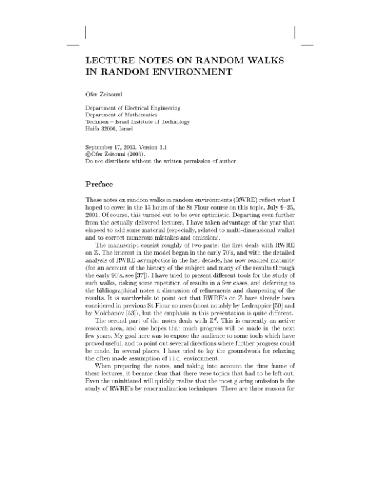

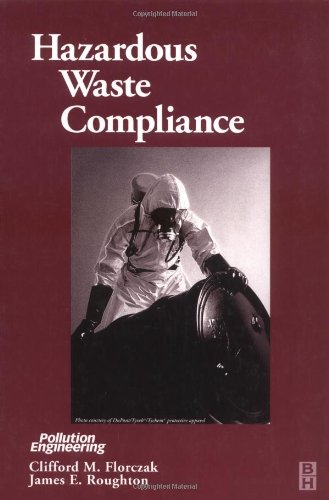
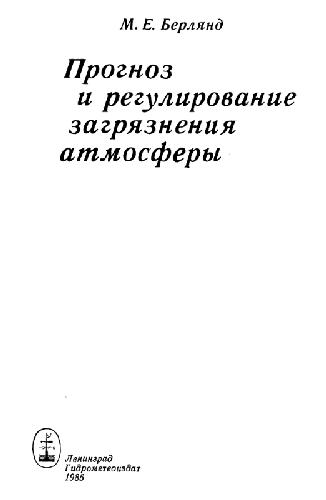
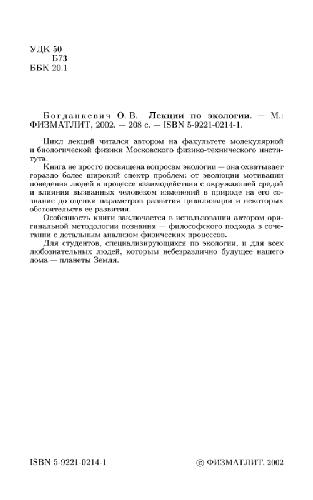
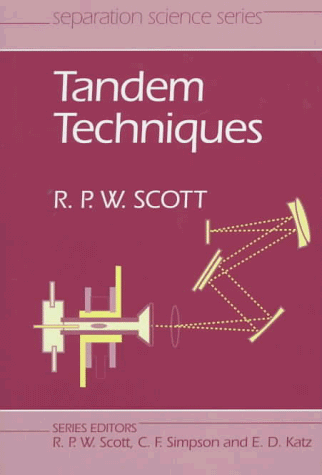
Reviews
There are no reviews yet.